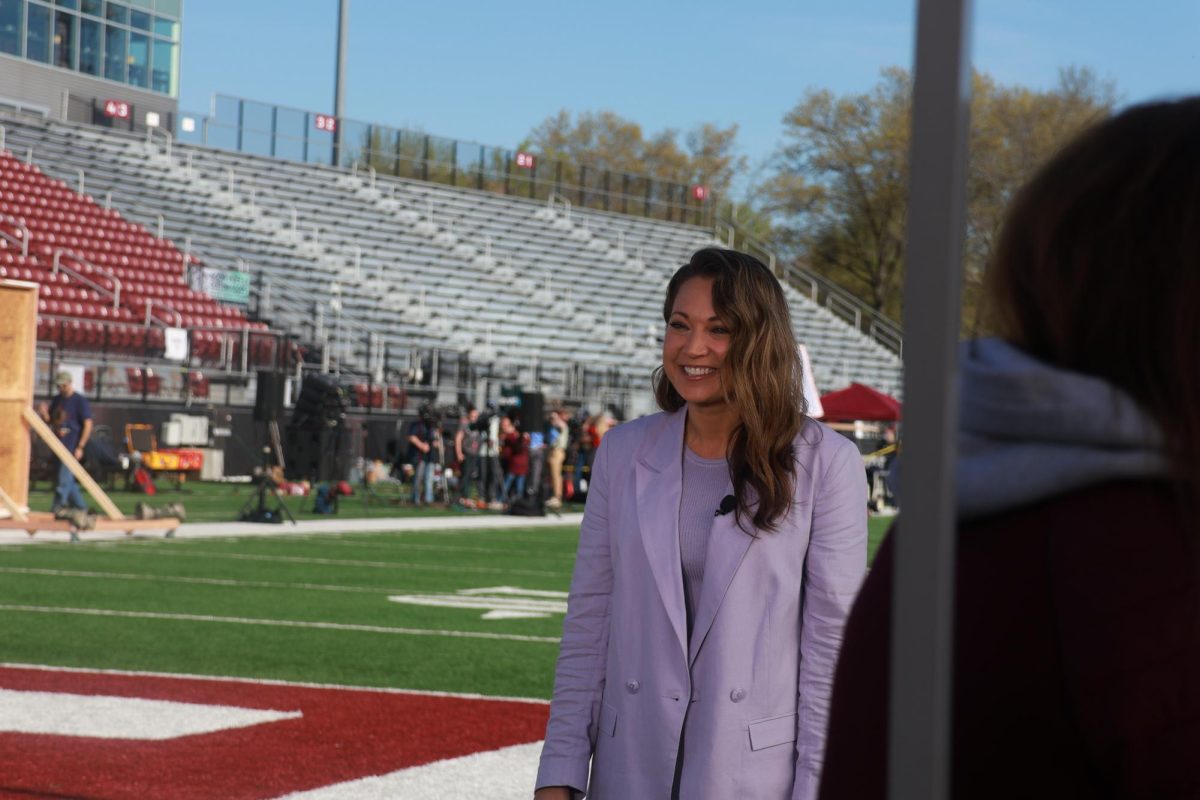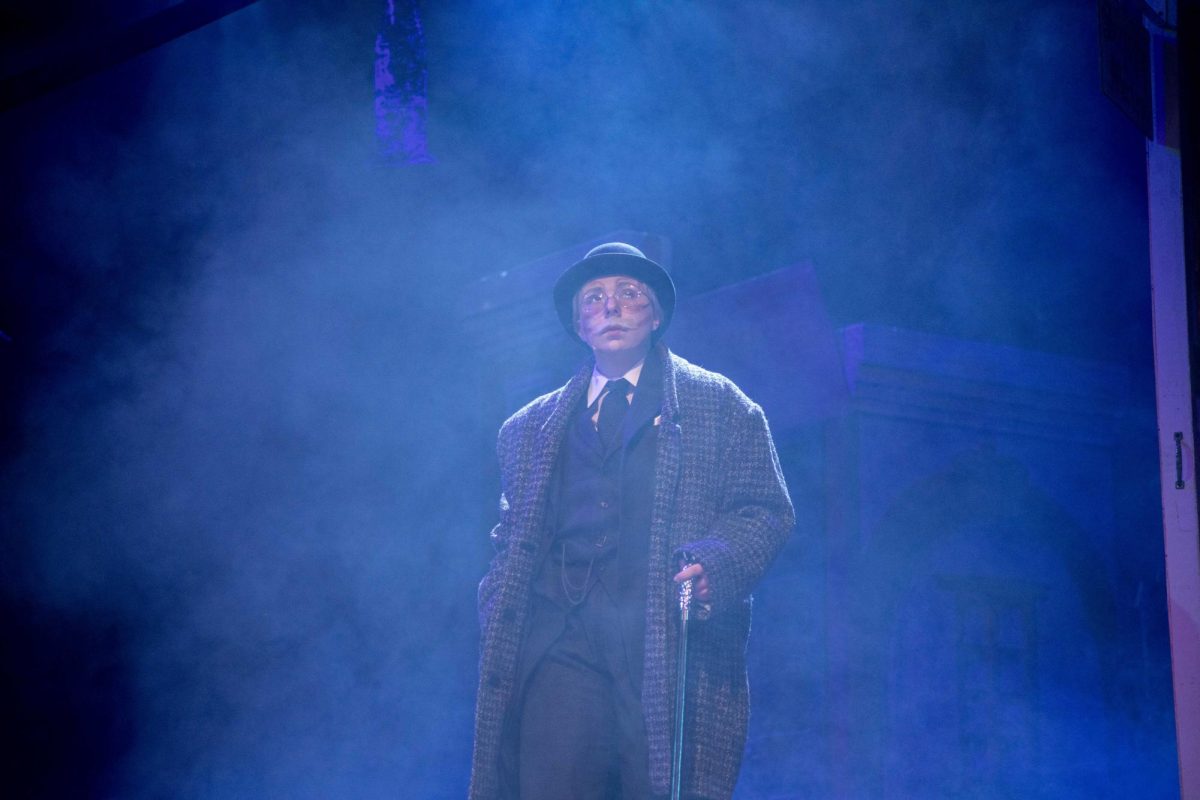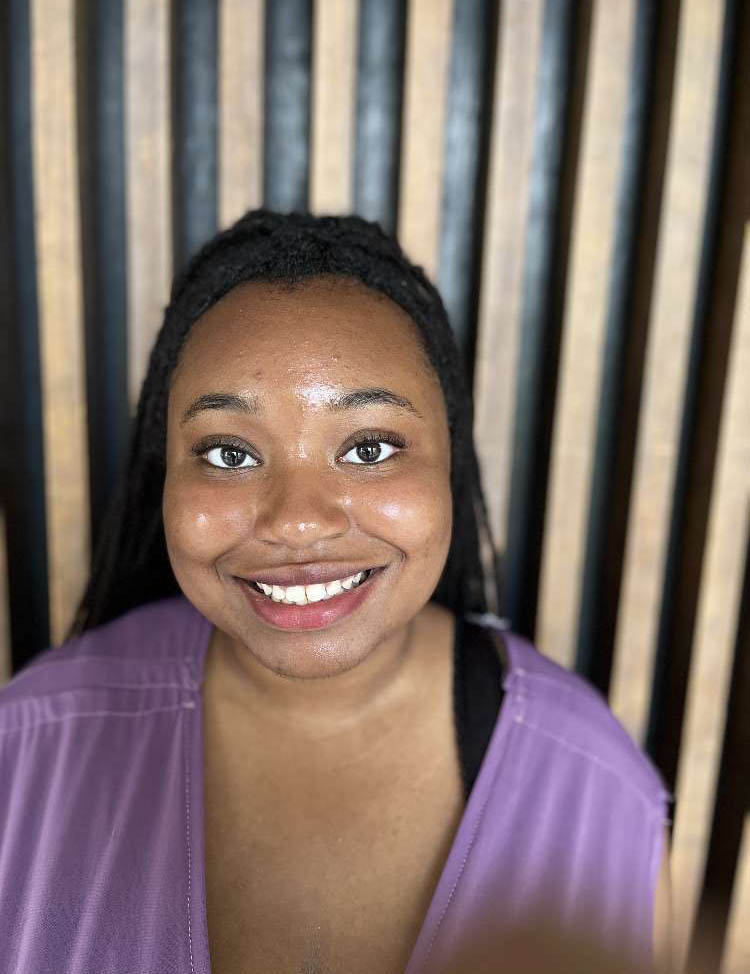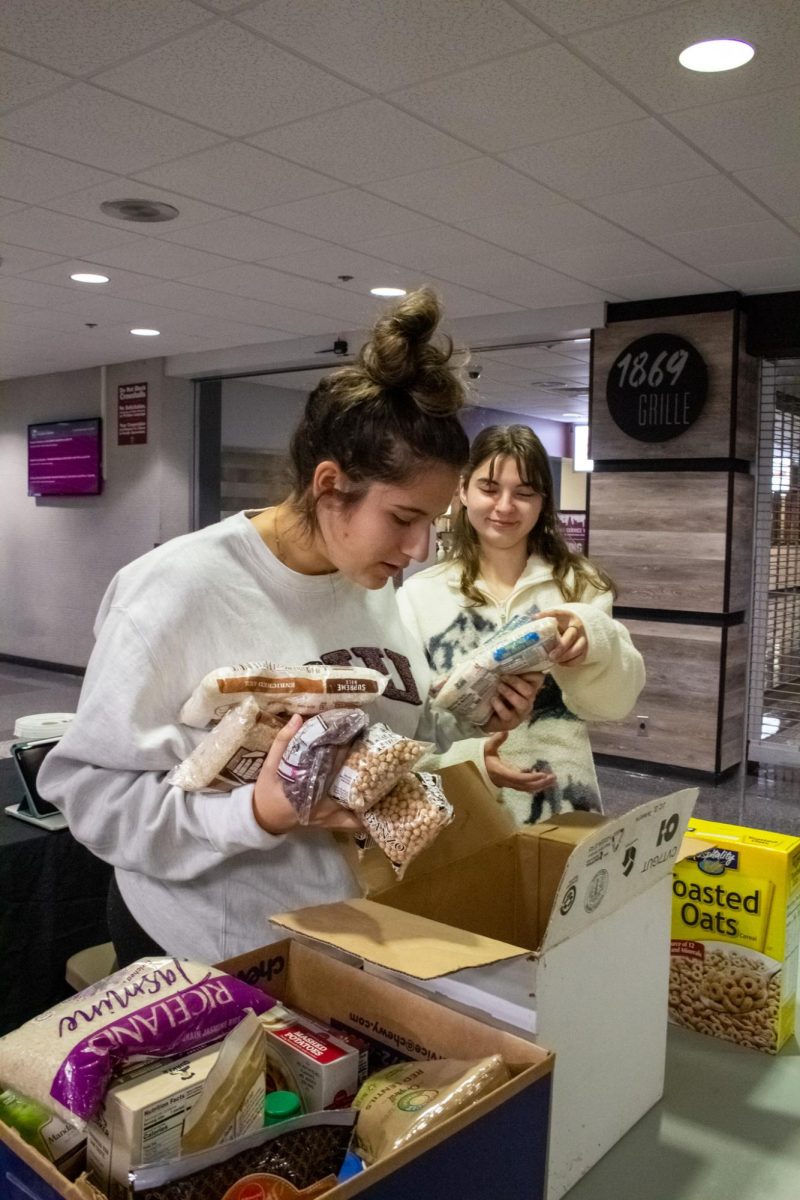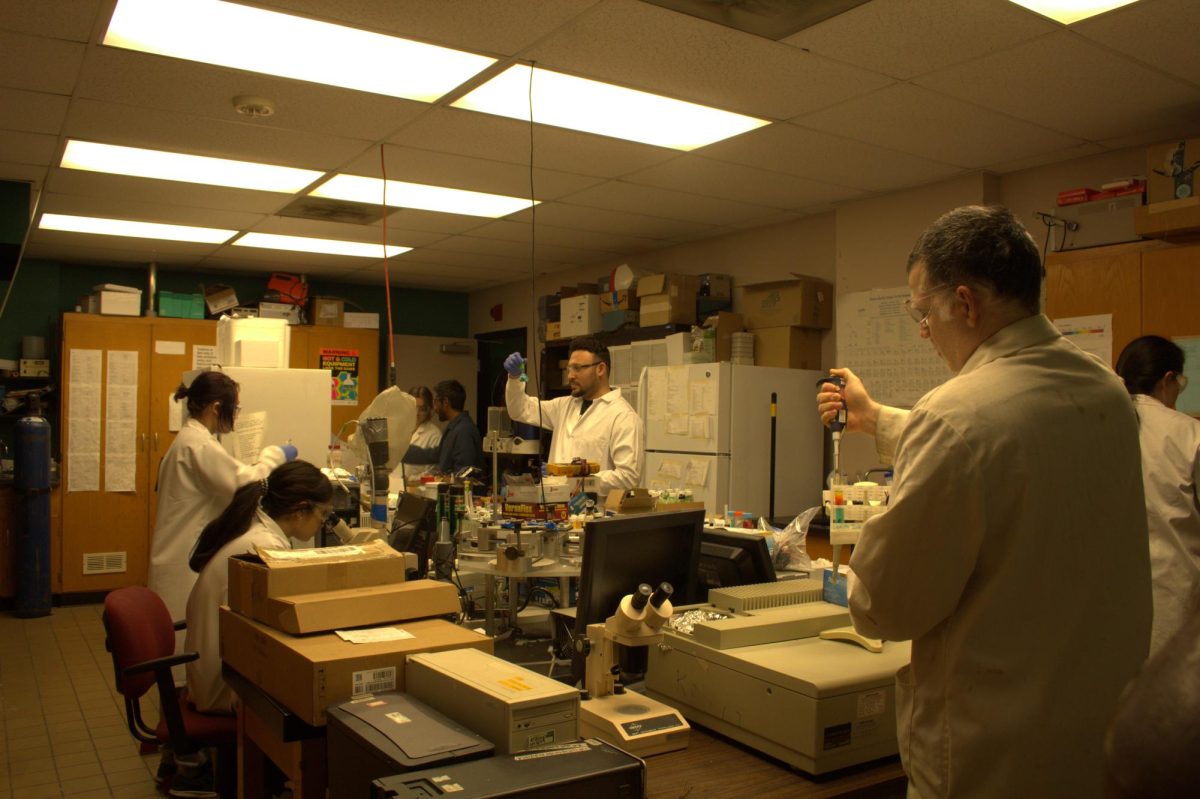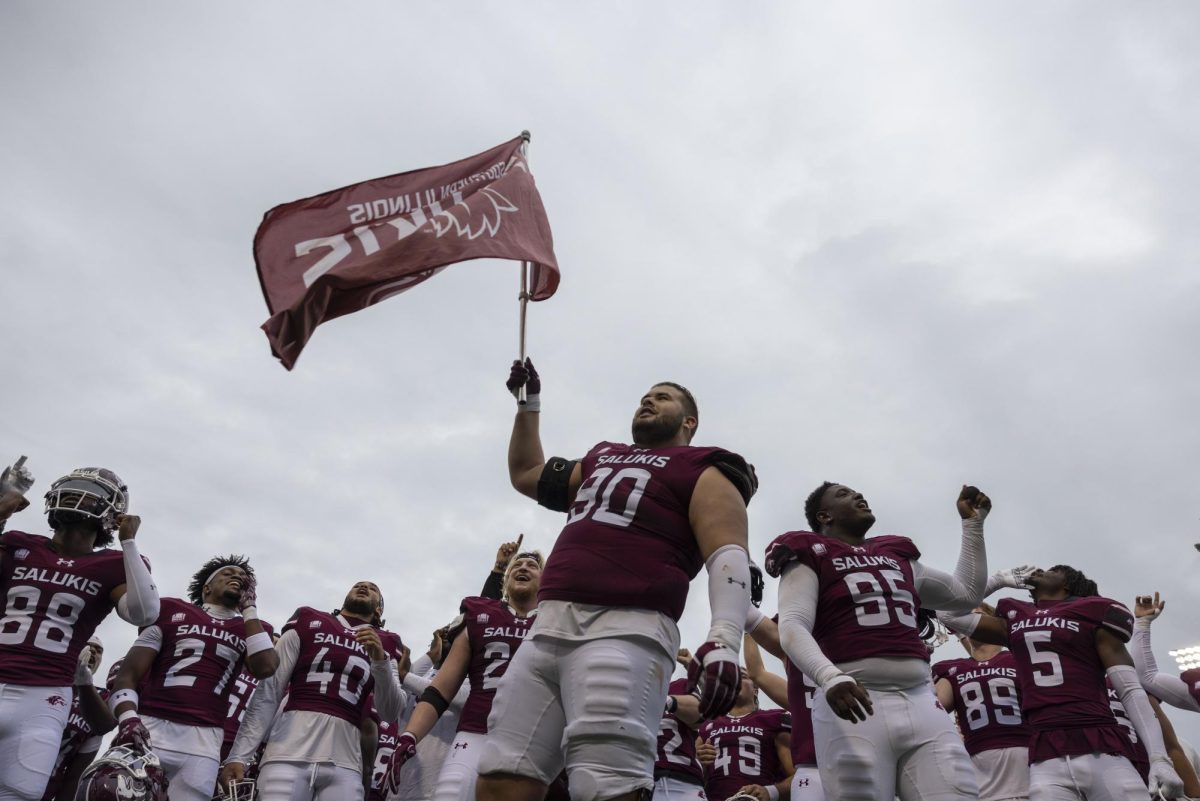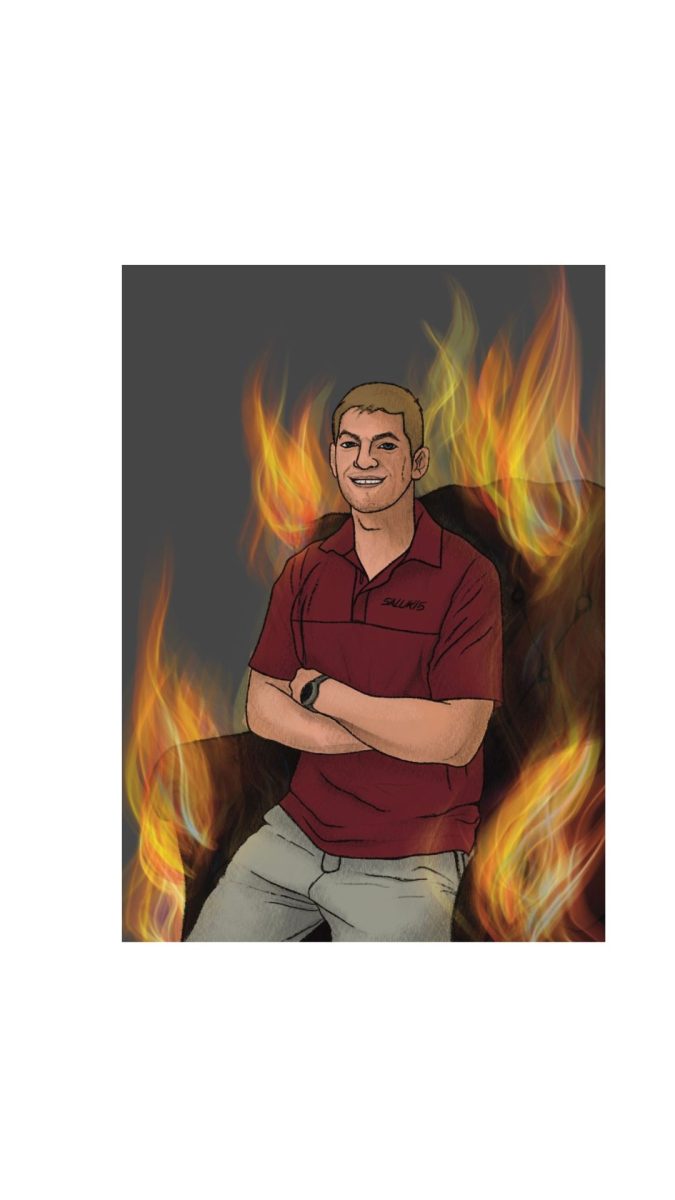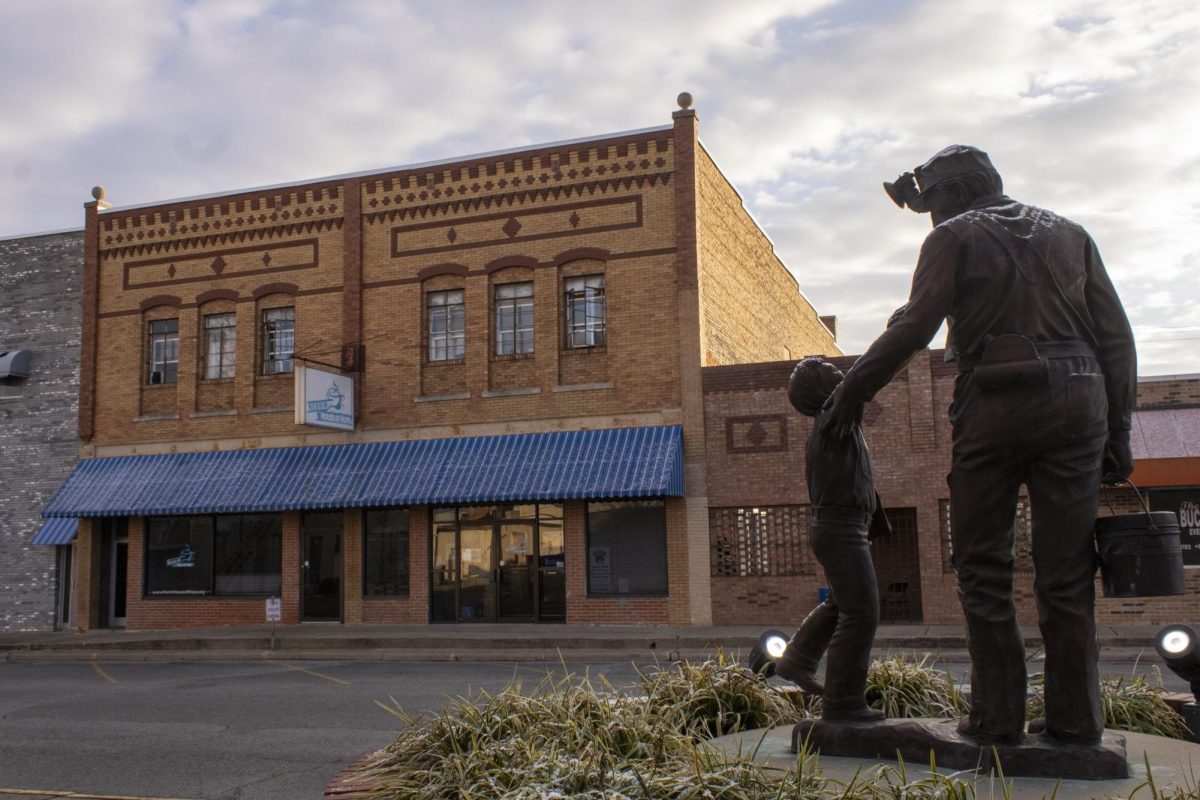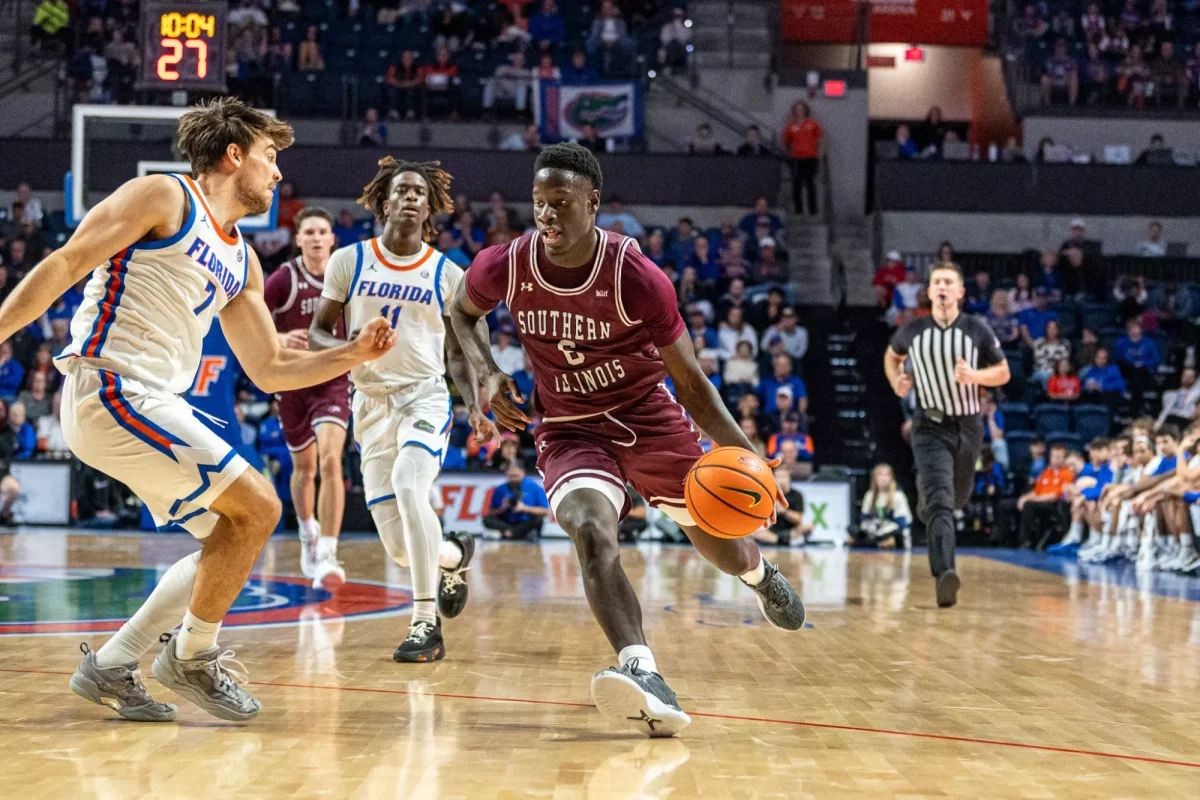Carbondale was the media hotspot for the total solar eclipse on Monday. The event brought in over 15 thousand news reporters and staff.
Advertisement
“I talked to a lot of people who were just really excited about the prospect of seeing in the same place twice because it’s such a rare experience,” said science reporter Katrina Miller from The New York Times.
ABC was set up down at the south end zone and provided a live broadcast during the eclipse. Continuous preparation was put into the event from rehearsals to in-the-moment coverage. The ABC crew started its day at 4 a.m.
On Sunday, ABC along with multiple other news sources ran rehearsals to ensure that the event would go smoothly.
“It’s the crossroads where we were here seven years ago, so obviously we didn’t mind coming back,” said ABC freelance photographer Bob Brant, who was there with his son, Robert Brant, a sound technician.
Advertisement*
The father and son duo felt proud to say that they are both SIU alums. Both were involved with the communications department.
“I graduated in ‘82 from the radio and television broadcast,” Bob Brant said. “I worked at the local PBS station here as a student and went on to Chicago at the local CBS affiliate after I graduated. Then I went on to the ABC network. I’ve flown on Air Force One and I was at Katrina, so it’s been quite a career.”
Robert Brant said, “The cameraman asked me one day if I wanted to help and ever since then, it’s been twelve years now since we’ve started doing it together. It’s been a really good run.”
Along with ABC News, The New York Times was present at the event and spent many months preparing. Its crew began in October with a practice run on the annular eclipse.
“We had reporters stationed across the path,” said reporting fellow Katrina Miller. “That was sort of an introduction for the type of live reporting we were looking at. We kind of worked out all of the kinks, then just like today, a lot of us lost service, so we figured out how to do things more smoothly.”
A total solar eclipse occurring in the same place is a rare occurrence; it only happens about every 330 years. Most of the sights of totality are hard to reach. Therefore, Miller said she was excited to witness it in Carbondale.
“For the solar eclipse to be over a place that’s reachable in the United States, and then also a college town, it kind of makes it the perfect storm,” Miller said.
Miller began her career as a science writer with The New York Times in a way she described as unconventional. Her experience and knowledge in the field of physics is what led to her to become the top eclipse reporter during the event.
“I majored in physics and I went to get a Ph.D. in physics from the University of Chicago. I asked the Chicago Institutional News Page if I could volunteer a couple of clips to have some bylines under my belt. I got an internship at Wired Magazine one summer during the pandemic,” Miller said. “I stayed on at Wired after my summer internship and I wrote a magazine featuring about 6000 words about my experience as a black woman in physics. That’s what kind of got me noticed by The New York Times Fellowship.”
The New York Times had photographers and reporters present at the event providing a newscast that can be reached on its website. Additional coverage will be available after the day of the eclipse.
“If you go to the New York Times website homepage at any point today, you’ll see a banner up top with all of our live blocks and solar eclipse coverage is smack dab in the middle of the front page,” Miller said. “If anyone wants to read coverage after the fact, anyone can go to my byline page, and it’ll show so many eclipse stories.”
Sabrina Winters from KBSI, the Fox television affiliate in Cape Girardeau, Missouri, was present to cover the eclipse as well. Winters decided to show everyone from Cape Girardeau what the event of totality looked like at Saluki Stadium.
“Early this morning, starting with gathering my script and with the interviews, I interviewed a guy with NASA,” Winters said. “Another guy was in a Star Wars outfit, I gathered some B-roll and my team and I are getting that together.”
Illinois Governor J.B. Pritzker joined the crowd to witness totality for the first time in Carbondale. Prtizker noticed how the entire audience became silent as darkness fell upon the stadium.
“A hush came over everyone. I think it was all of us in awe of the universe, and also our place in it…the experience of being here with everyone being quiet was tremendous,” Pritzker said.
Another notable person that was working through the eclipse was Karla Berry. She was working to manage the event’s live stream on the SolarSTEAMSIU page. Berry was working with NASA Edge, while running back and forth from the stadium to the press box.
With Carbondale as the front and center of eclipse coverage, eyes were widely drawn to the area. The national phenomenon brought attention to southern Illinois that will be remembered by people both in and out of the region.
Advertisement



